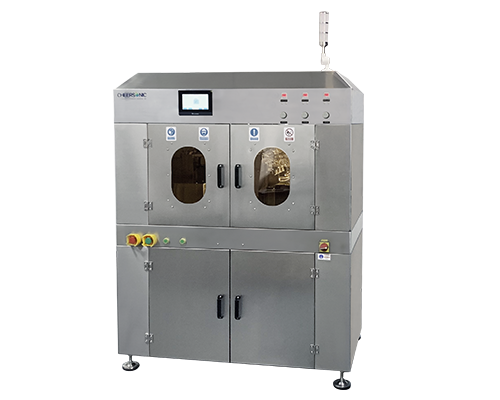Are drug balloons really omnipotent?
Interventional therapy is a very important treatment method for coronary heart disease. The well-known stent placement is the most classic interventional treatment method. Once the stent is implanted in the body, it will remain in the blood vessel forever. Although the technology is very mature and very safe, it still has a long way to go. The risk of in-stent restenosis and in-stent thrombosis. As a new device that appeared in recent years, drug balloon has its unique advantages, but everyone still has a lot of inaccurate understanding of drug balloon. Let us take a look today.
What is a drug balloon
Before understanding the drug balloon, we must understand the process of interventional therapy. In the earliest days, we just had an ordinary balloon, and we used it to expand the narrowed blood vessels. The stenosis was relieved at that time, but due to cell proliferation, the long-term blood vessels will become narrow again. Later, stents appeared. On the one hand, the stent can support blood vessels, and on the other hand, the drugs on the stent can effectively inhibit cell proliferation and prevent restenosis.
The drug balloon is a drug that inhibits cell proliferation. It is delivered to the diseased site through the balloon, and then the drug is released on the blood vessel wall. The balloon is withdrawn from the body, and only the drug retained on the blood vessel wall has a long-term effect to prevent the revascularization of the blood vessel. The emergence of stenosis realizes the concept of intervention without implantation.
What conditions are suitable for putting drug balloons
Restenosis in the stent. If a stent has been placed in the coronary artery in the past, and the stent has restenosis or blockage due to plaque hyperplasia, it is most appropriate to use a drug balloon at this time.
Small vessel disease. If a coronary artery with a relatively small diameter is implanted with a stent, the probability of the stent being blocked again in the future is higher. In this case, the long-term effect of the drug balloon may be better.
Branch opening disease. In the past, double stents were often used for this kind of disease, and the probability of re-blocking in the long term was high. Now we can put stents in the main blood vessel and use drug balloons at the branch openings. The long-term effect is very ideal.
Patients who need surgery in the near future or are at higher risk of bleeding. After the stent is implanted, it is necessary to take two anti-thrombotic drugs for at least one year. Once the drug is stopped during this period, thrombosis in the stent is likely to occur. If the patient needs surgery or has already experienced significant bleeding, this can be very tricky. But after using the drug balloon, the two anti-thrombotic drugs can be stopped as soon as one month, which solves this problem well.
What conditions are not suitable for putting drug balloons
After the blood vessel is expanded, if the residual stenosis is still heavy or the blood vessel rebounds more obviously, the drug balloon alone cannot guarantee a good lumen patency, so at this time, a stent is still needed.
After expanding with a normal balloon, if the intima of the blood vessel has a relatively obvious tear, then the drug balloon will also have a higher risk of thrombosis, so it is not suitable.
Therefore, it is difficult for doctors to judge whether the drug balloon is suitable for the interventional treatment, and must be judged according to the patient’s blood vessel conditions during the treatment. So don’t be too forceful, the best is the best.
The Balloon Catheter Coating System is a special spray system designed for drug eluting balloons that provides a uniform drug coating to the balloon catheter through ultrasonic spray technology. Ultrasonic Coating System can also be used to adjust and control the deposition process of drug coatings for different liquid formulations. With the help of a special fixing device design, the entire balloon catheter can be sprayed with a maximum spraying length of 280 mm., It also has the functions of solvent doping, pre-heating, humidity control, and drying. The equipment has the characteristics of precise application amount, uniform film layer, and high utilization rate of chemical liquid. Cheersonic has extensive experience in surface coating of implantable medical devices (such as drug stents and balloons), and can provide customers with complete solutions.


